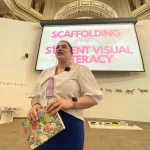Caoimhe
O’Sullivan
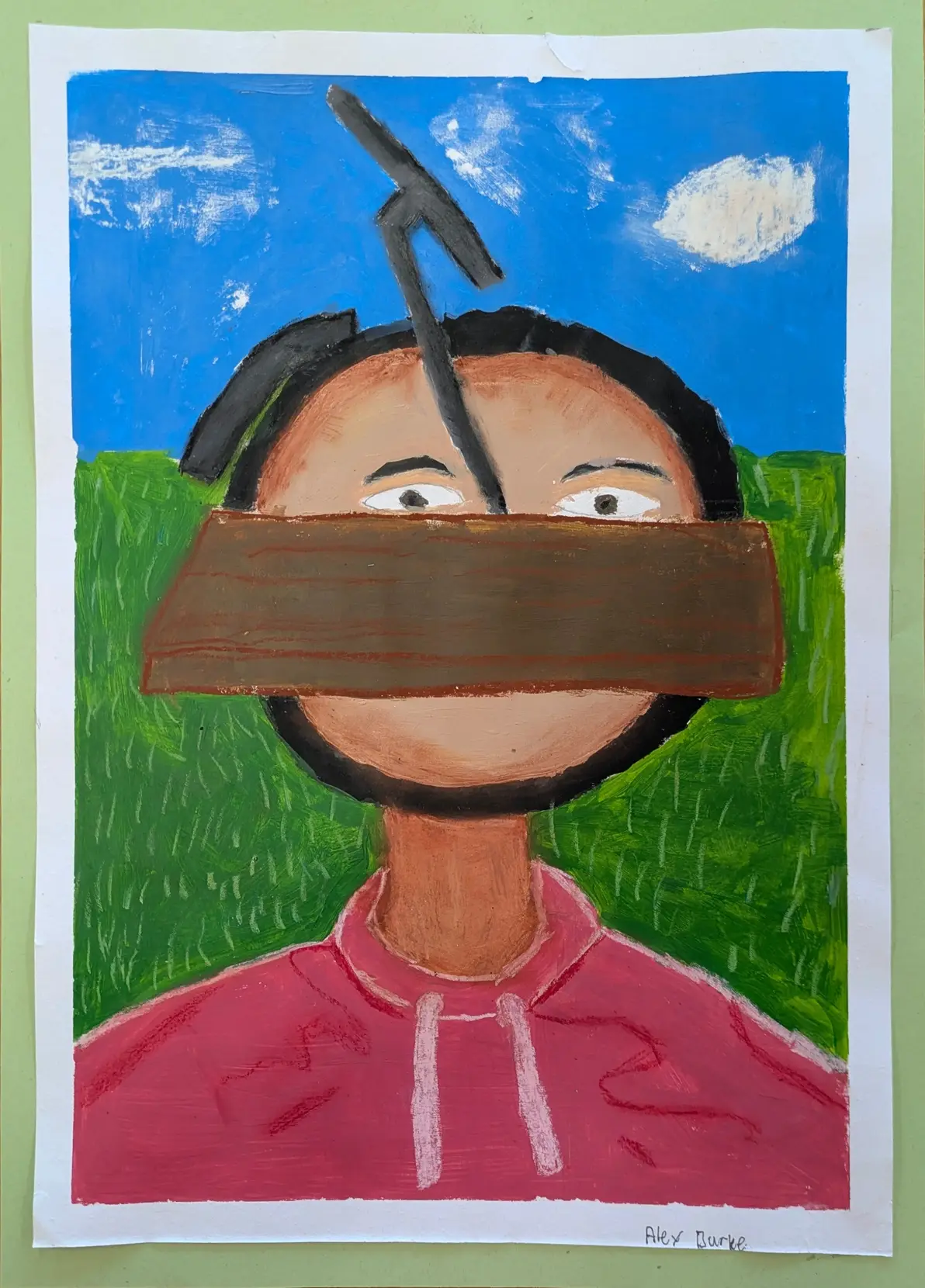
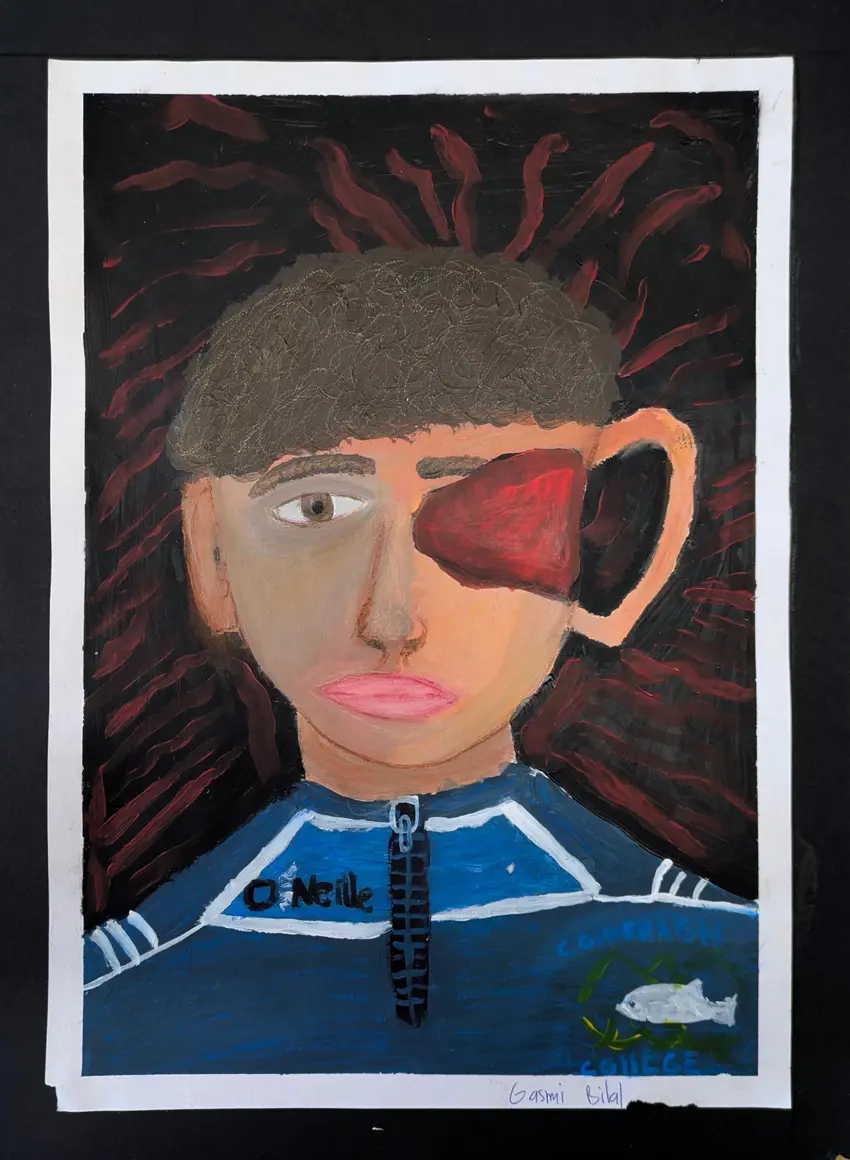
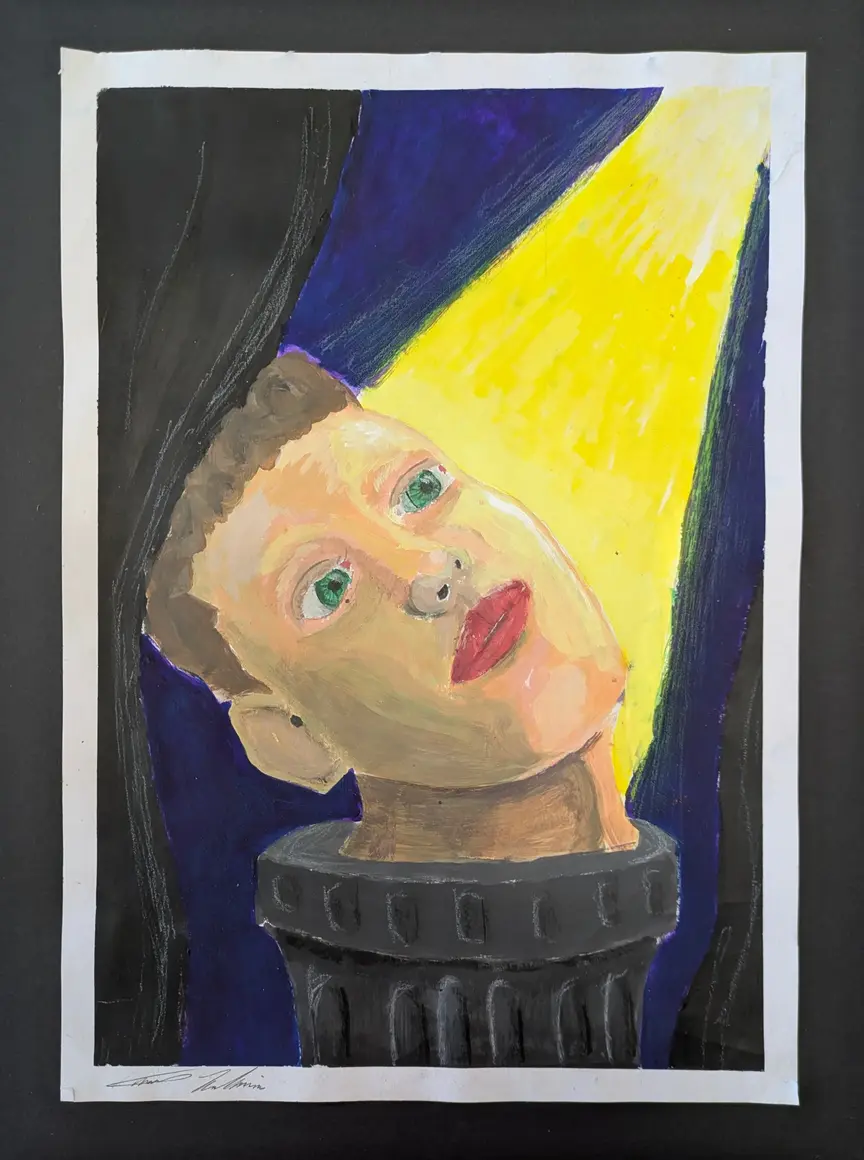
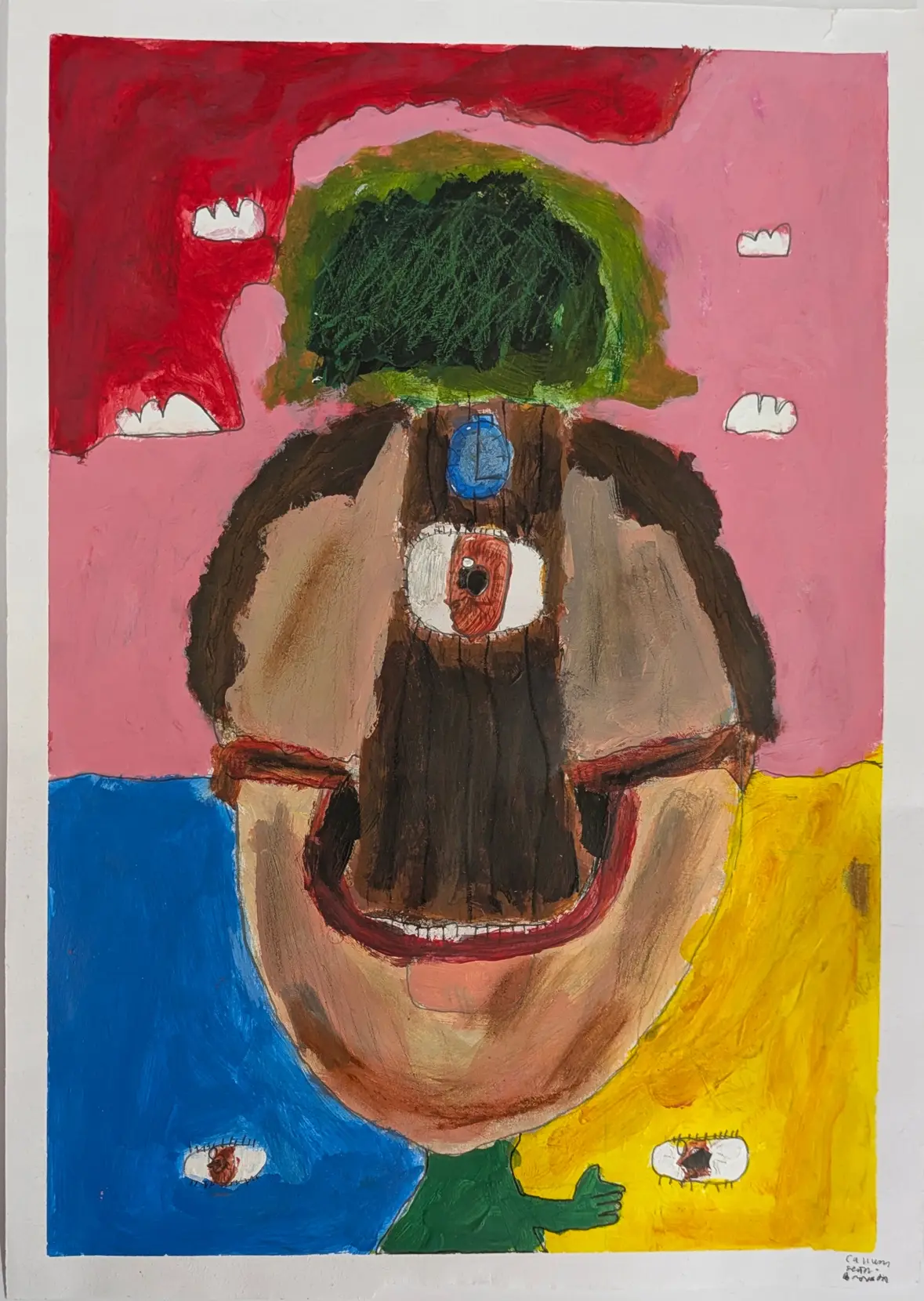
Scaffolding and Student Visual Literacy: To What Extent can Scaffolding Teacher Intervn
This research explores how scaffolded teaching strategies can support the development of Visual Literacy in second level Art and Design education. Over a ten-week period in an urban DEIS school, students aged 15–17 engaged with a series of structured activities designed to support their ability to interpret and respond to artworks. These included scaffolded supports such as guided questioning, sentence prompts, vocabulary banks, and visual literacy journals.
Drawing on constructivist and social constructivist educational theories, the project positioned students as active participants in their learning, with the teacher as a facilitator. The approach closely aligned with national curriculum guidelines and literacy strategies, which emphasize the importance of visual and critical thinking skills in today’s visual environment.
The study found that scaffolded interventions had a marked impact on students’ ability to analyze artworks, with particularly strong outcomes for learners who began at a lower baseline skill. Students with additional learning proved to benefit most notably. The research also highlighted the need to support students when removing scaffolding to ensure they can apply learned skills independently. The research highlights the role of inclusive, responsive teaching in nurturing visual literacy and opens up further questions around long-term skill development and application beyond the classroom.
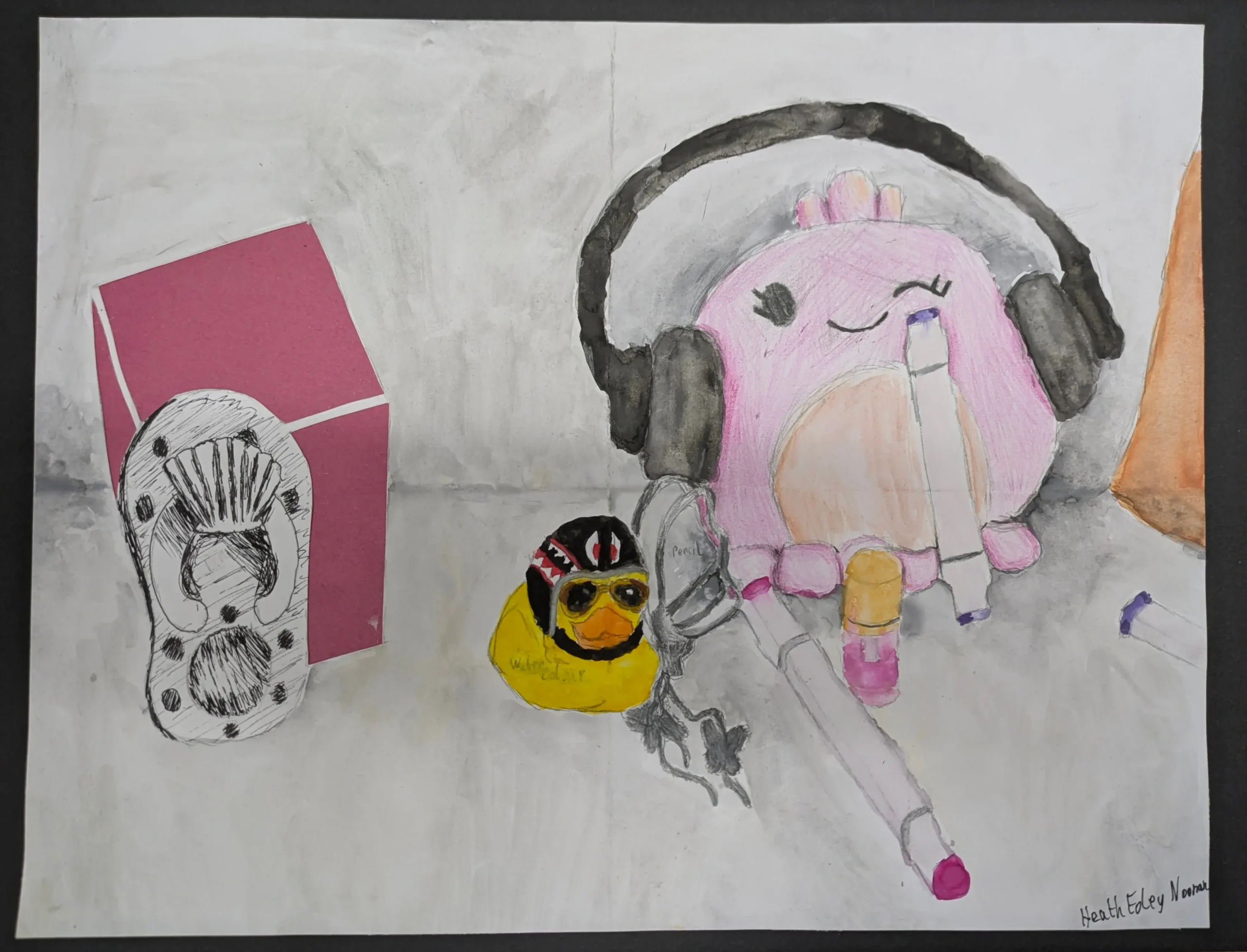
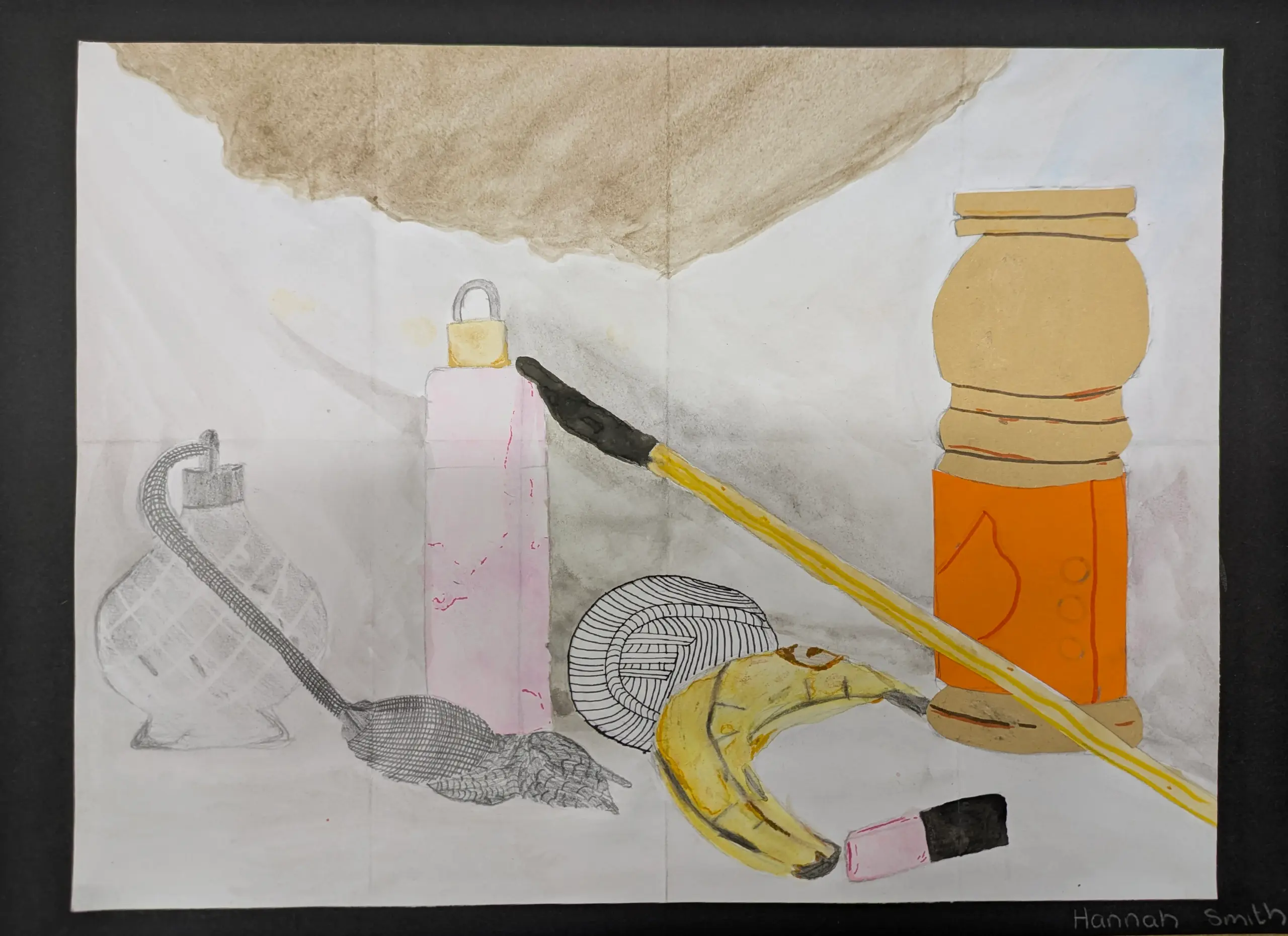
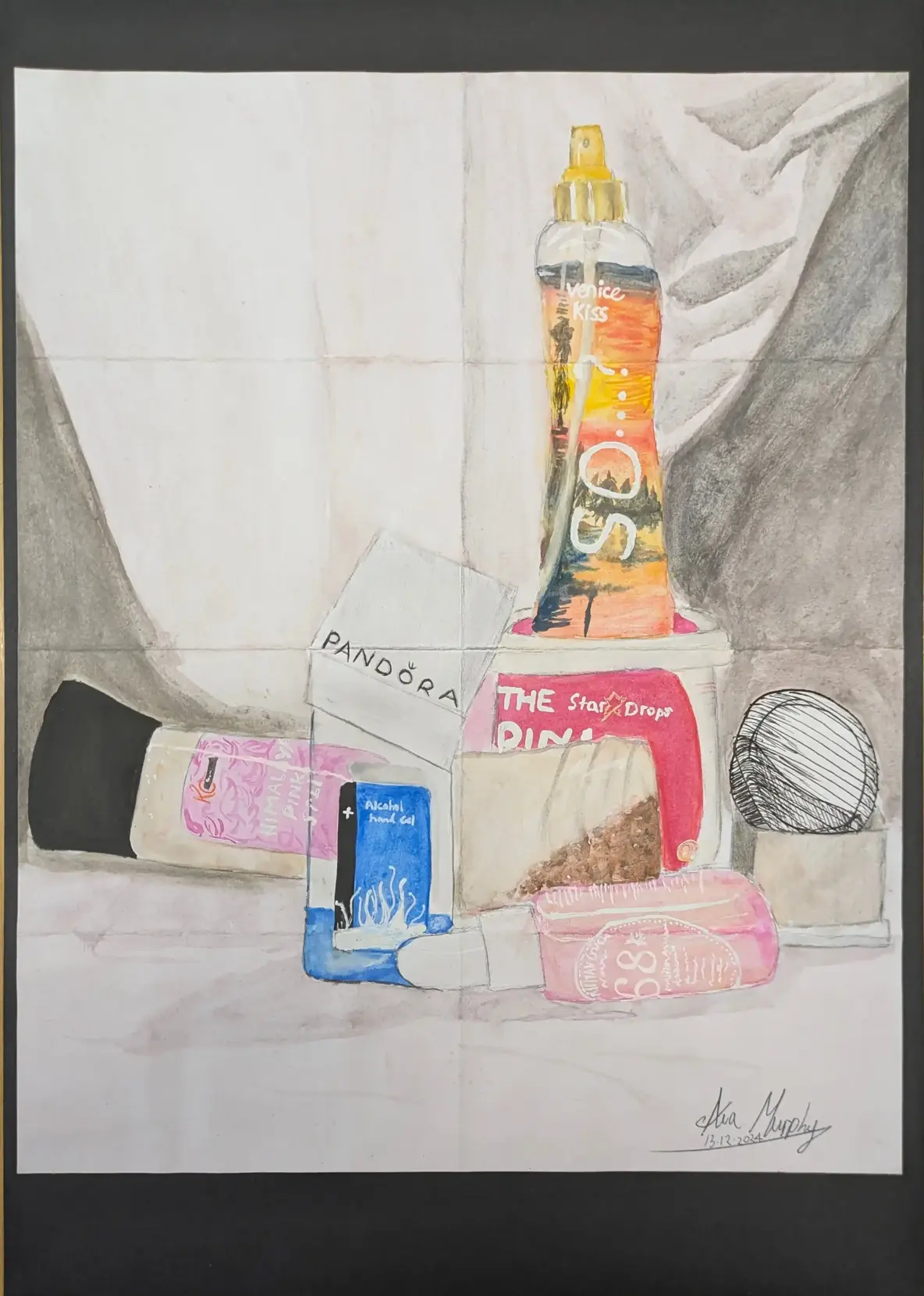
Contemporary Still Life: Creating Narrative Through Objects
Students explored contemporary still life, developing skills in a range of techniques and materials which informed their final works in mixed media. Working in small groups, students used cardboard boxes to create a set for their still lifes, which were composed of a selection of personal objects. Throughout this unit, both historical and contemporary references were drawn on. Students explored the use of lighting and photography to develop reference imagery, considering how narrative can be constructed through object placement, colour and contrast.
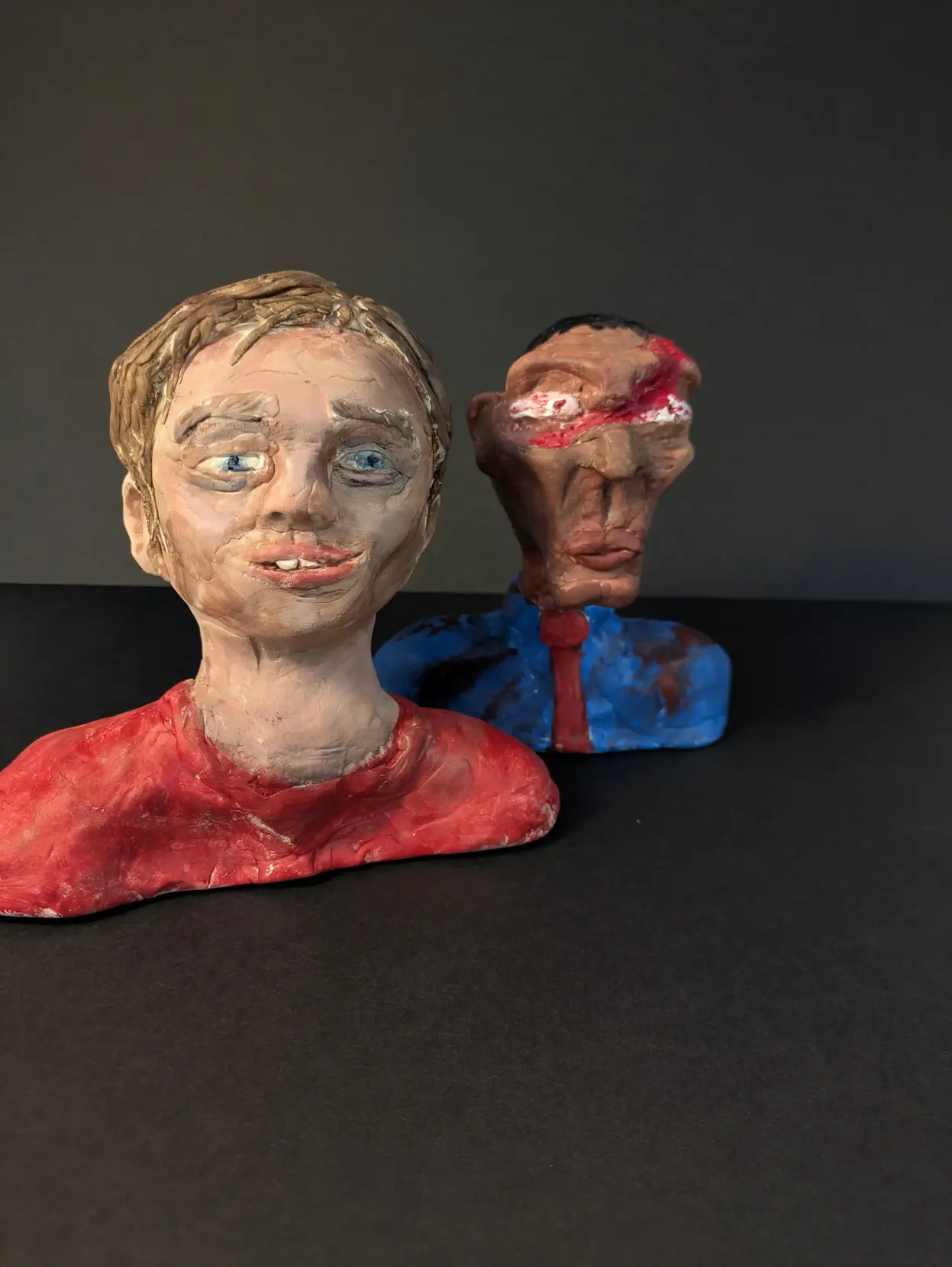
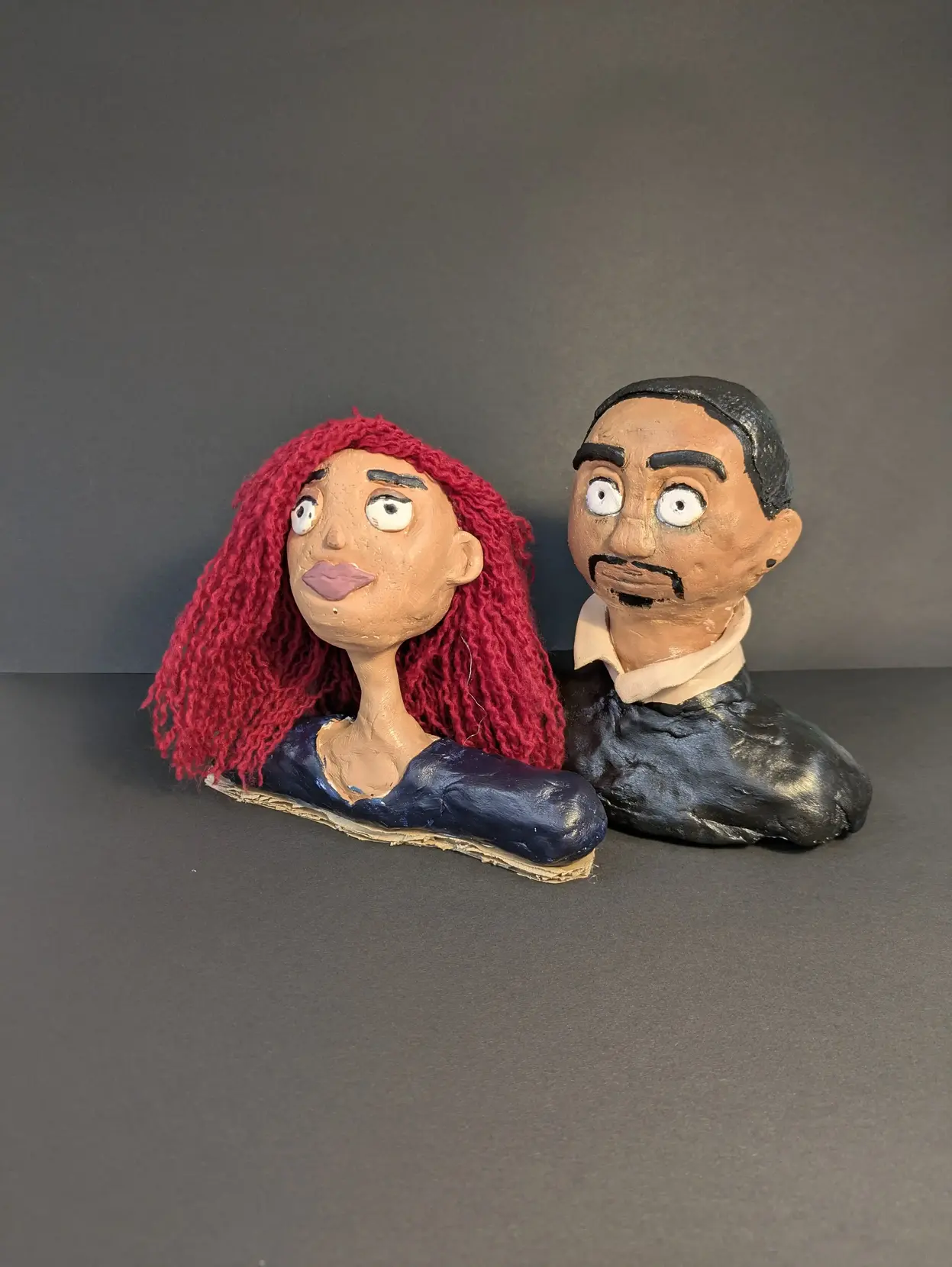


Character Design & Model Making: Myself in the Minature
Students explored character design and model making through Tim Burton’s distinctive style. Through research into stop motion animation, model making and character design, students worked in pairs to develop their own hero or villain character; connecting with each other both stylistically and through development of an interactive backstory. Using Model Magic, students brought their characters to life in small-scale bust models. The unit helped students develop an understanding of the importance of collaboration, inspiration and adaptability in the design process.
